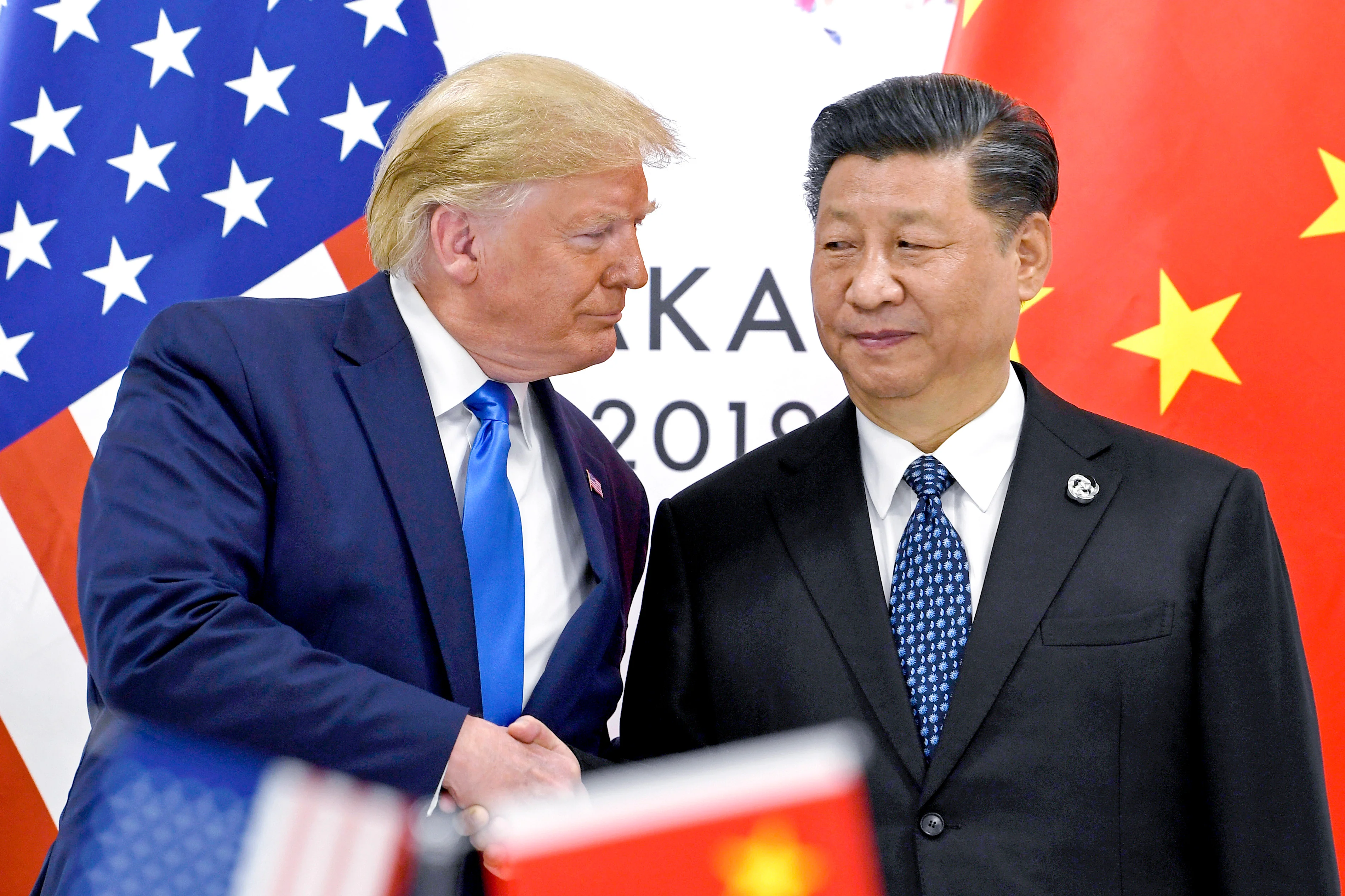By Lanxin Xiang
Copyright scmp

Convergence theory has long been a Western fantasy in conquering the world with liberal democratic values. It proposes that societies, especially as they industrialise, tend to become more alike in various aspects of social organisation, including work, class structure, family patterns and culture.
However, convergence theory oversimplifies the complexities of social change and ignores the unique cultural and historical contexts of different societies. It does not adequately account for power dynamics between nations and it overestimates the potential for developed nations to impose their values and structures on less developed ones.
More importantly, this theory assumes a one-way path for non-Western countries to converge to a Western-style system. When China avoided such convergence in its economic take-off, the response in the West was not to accept that the theory was flawed, but to blame China for not converging. Officials from the Joe Biden administration, for example, effectively justified its hostile China policy on Beijing’s “failure” to converge.
China was supposed to follow a predetermined trajectory and adopt Western values and systems as its economy grew. But such logic makes no sense and exposes instead a superior moral attitude, typical of Biden’s “democracy versus autocracy” framework for handling foreign policy.
Few are prepared, however, for a “reverse convergence” that has emerged in recent months amid US President Donald Trump’s return to power. While we may only be witnessing the early stage, the contours of a future trend seem to be taking shape.
This reversal is not about the US losing its soft power viz-à-viz China. Rather, the US appears to be drawing closer to China – not in terms of communist ideology but in taking a similar approach to political legitimacy and questions of war and peace.
This moment of reverse convergence might serve as a catalyst for a “grand bargain” between the US and China that could stabilise bilateral relations.
The most important trigger for this change comes from Trump’s “common sense” revolution, in which liberal democratic ideology is thrown out along with the US habit of imposing its ideology on others in the world system. For Trump, diplomacy through conventional channels is useless; summit diplomacy – and all the drama and suspense it comes with – is the best way to solve problems.
For China and Russia, Trump’s capriciousness isn’t hard to manage because their decision-making styles are somewhat similar to that of Trump. Thus, Trump dares to brag he can end the war in Ukraine and get along with North Korean leader Kim Jong-un while envisioning a bargain with President Xi Jinping.
Trump’s approach has had some success, as seen by his role in pushing for a ceasefire between Thailand and Cambodia. But he has had a rather limited effect in dealing with China, the only power that truly rivals the US.
However, Trump could seize a historic opportunity to address the most difficult points of contention, such as maintaining stability in the Taiwan Strait. On such matters, reverse convergence could trigger a dramatic shift.
Some observers claim Trump’s policy evokes another famous grand reversal – Richard Nixon’s triangulation strategy. This strategy is cheered on by many China hawks who dream of driving a wedge between Moscow and Beijing for the purpose of defeating China.
US Secretary of State Marco Rubio, a China hawk, reportedly seeks to peel Russia off China, in a nod to Nixon’s 1972 trip to Beijing, which undermined the Kremlin’s global influence, pulled Beijing closer to Washington and shifted the global balance of power.
That idea is pure fantasy. Not only does it underestimate the strong foundation of Sino-Russian strategic ties, but it also gives Nixon too much credit for what his 1972 visit achieved. The Sino-Soviet split had already taken place years before, exacerbated by border clashes in the late 1960s.
Meanwhile, the real shift taking place in US policy has gone largely unnoticed. The US foreign policy elite seems to have ignored how Trump’s “common sense” dovetails with the Chinese conception of political legitimacy. In this view, political legitimacy is not determined by divisions of power but by how well rulers deliver on their people’s welfare and security.
The US may also be converging with China on views about peace. Confucian tradition ranks warfare low as a form of statecraft. In terms of mindset, the US and China could move closer to each other if Trump is serious about stopping wars.
The key driving factor in China’s policy towards the US is not competition but the suspicion that the US does not accept the legitimacy of its political system and seeks regime change. Ever since the People’s Republic of China was founded, this suspicion hasn’t gone away. In this context, Trump’s removal of ideology from the US’ China policy is a watershed moment in bilateral relations.
At the beginning of this year, China realised that Trump would not simply pick up where he left off upon returning to the White House. Beijing was prepared for the worst, owing to failed efforts at detente during Biden’s presidency. The 2021 US-China high-level exchange in Anchorage, Alaska, reflected the Biden administration’s extraordinary sense of moral superiority.
To Chinese policymakers, Biden’s team came off as true ideologues who believed in an inevitable clash of rival political systems, not unlike Mike Pompeo or Matt Pottinger from Trump’s first term. But as it has turned out, despite some notable exceptions such as Rubio, these hawks seem to have less power in Trump’s second term, enabling a path to Sino-US rapprochement.



